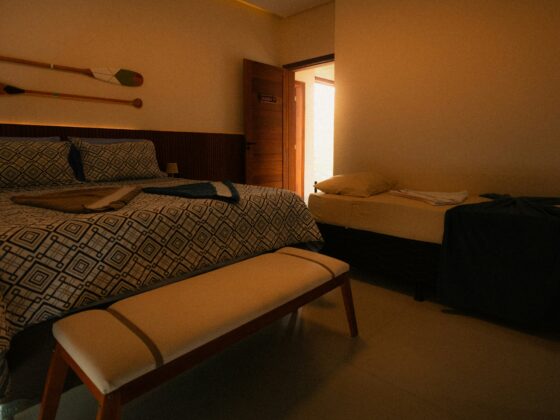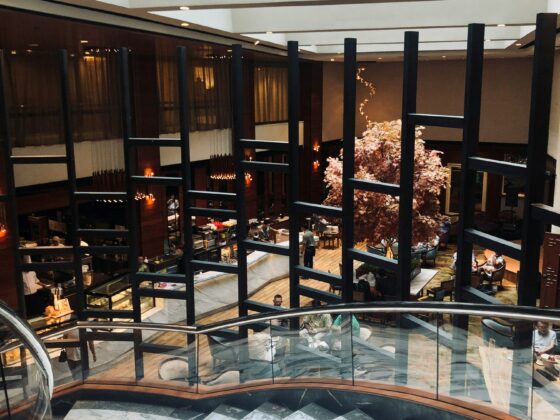
Lifestyle hotels are gaining momentum across Asia Pacific, with room supply projected to grow 34% by 2027, according to a new report from JLL. The category has expanded fourfold since 2014, adding nearly 65,000 rooms across the region.
JLL’s 2025 Lifestyle Hotels in Asia Pacific report cites evolving guest preferences, premium rate potential and investor demand as the main drivers behind growth. Lifestyle hotels currently account for 6 to 9% of the region’s new hotel development pipeline.
“The strong performance and growth potential of lifestyle hotels are attracting significant investor interest across Asia Pacific. The efficient programming and differentiated offerings of lifestyle hotels are making them increasingly attractive to investors, who recognise their potential for higher returns and long-term value creation,” said Xander Nijnens, senior managing director, head of advisory and asset management, JLL Hotels & Hospitality Group, Asia Pacific. “We expect to see continued M&A activity in the sector as established chains look to expand their portfolios, and smaller platforms seek to leverage the resources and distribution networks of larger players. This consolidation will further shape the competitive landscape and drive innovation in the years to come.”
Southeast Asia leads in total supply, with three times more lifestyle hotel rooms than Australia, New Zealand and South Asia. However, Australia and New Zealand are seeing the fastest growth, boosted by domestic demand and interest in experiential travel.
Lifestyle hotels charge a 10 to 11% rate premium over traditional hotels. Food and beverage operations are also a key factor, generating roughly 30% more revenue per occupied room than conventional hotels.
The region is expected to gain 10 new lifestyle brands by 2027. Global chains currently make up 80% of supply, but regional operators are expanding by emphasizing local culture and design.
“While lifestyle hotels have traditionally dominated the luxury and upscale segments —a trend which will
continue with new brands entering Asia Pacific —significant growth is also now emerging in the upper midscale and below categories,” said Marina Bracciani, vice president, head of hotels research, Asia Pacific, JLL.“The lifestyle concept, initially premium, is increasingly entering three-star and entry-level four-star properties, indicating a promising expansion into higher-volume, domestic markets.”
JLL expects established global chains to consolidate their position. Marriott International is the largest player in Asia Pacific and is expected to maintain the lead, with Hyatt projected to take second place through 2027. Brands such as NoMad, CitizenM, the Standard and Ruby are expected to support growth as they expand in the region.
European and Middle Eastern entrants are also likely to intensify competition. As demand continues to evolve, traditional hotel operators may increasingly incorporate lifestyle elements into their offerings to remain relevant.






